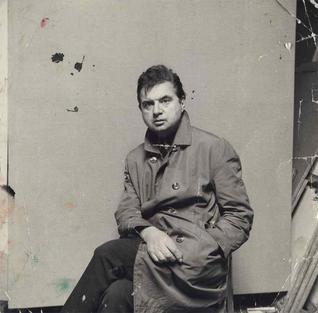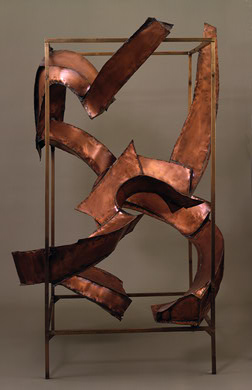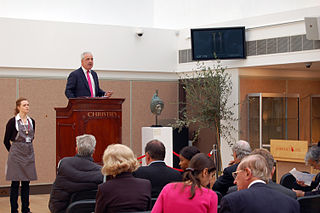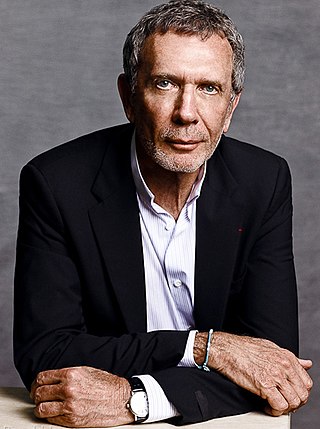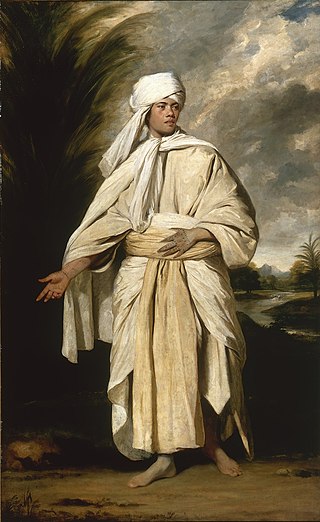Details
On September 16, 1968, Rothko executed a two-page will, drafted by and its execution supervised by his friend Bernard Reis, an unlicensed law-school graduate and Certified Public Accountant, leaving all of his residual estate to the non-profit Rothko Foundation which Rothko organized shortly before his death. [8] [9]
Five months later on February 21, 1969, Rothko entered into an agreement with Marlborough A.G., a Liechtenstein corporation with international galleries, which provided in part that he agreed "not to sell any works of art for a period of eight years, except to Marlborough A.G. if a supplementary contract is made." [8]
One year later Rothko died by suicide on February 25, 1970, leaving an estate consisting primarily but not entirely of 798 of his paintings. Rothko's wife Mary Alice died of a stroke six months after her husband's demise. [4] Rothko's will was admitted to probate the month following his death, naming his estate executors: Bernard Reis, who had drafted Rothko's will and who became a Marlborough Gallery New York director the month before Rothko died; Theodoros Stamos, a friend and fellow artist represented by Marlborough New York starting in 1971; and Morton Levine, an anthropology professor, unconnected with Marlborough but who had been Rothko's son Christopher's guardian for a short time. [9] [4]
Shortly before his death in 1970, Rothko made gifts to his children of certain key paintings in his possession in an effort to provide his children with financial security, since he believed that key patrons would pay higher prices for the works following his death. However, after Rothko died, his children were notified by the Marlborough's founder, Francis Kenneth Lloyd, that under the terms of the agreement made with the gallery in 1966 and renewed in 1969, the gallery owned all of Rothko's paintings.

Following Rothko's death the three executors for the estate agreed to sell 100 works to Marlborough for a total of $1,800,000 while a further 698 works were consigned to the gallery for sale at a fixed commission of 50%, however, the executors paid only $200,000 upfront to the estate. In the year after Rothko's death, the value of his work more than doubled while early works were selling at auction for over $80,000.
In 1971 Kate Rothko sued to release the estate from the sale agreement and have the paintings returned to the family. The legal proceedings revealed that when still a struggling artist with a young family, Rothko agreed to a deal with the gallery in which all of his paintings would be sold through the gallery in exchange for a set monthly fee. Such terms were not unheard of, as Pablo Picasso had had a similar deal with his gallery in the 1920s.
It emerged from the proceedings that the estate executors and the gallery defrauded Rothko and his estate through various methods of self-dealing. Among other wrongful acts, the gallery had been filtering payments for Rothko's works through accounts in Switzerland and Liechtenstein as part of an effort to ensure the paintings were undervalued during Rothko's lifetime — in the 1960s this led the artist to vastly underestimate the value of his works, directly resulting in his agreement to consignments of dozens of paintings to the gallery and collectors without appreciating his works' full value.
The trial record revealed that the gallery had been stockpiling the undervalued works instead of selling them in order to ensure both a low market saturation and a high Marlborough inventory, anticipating a heightened value in the market after Rothko's death. Further, the 100 paintings 'sold' after Rothko's death by the estate executors through Marlborough were not sold to bona fide purchasers, but were instead retained by the gallery which shuffled the sale monies through its accounts in Europe, and which then quickly 're-sold' the works to actual purchasers for 5 to 6 times the value declared by the estate. Many works were sold this way by the Marlborough with the complicity of the executors despite the court's injunction against selling any works while the case was unresolved and still before the courts.
Ultimately, certain directors at Marlborough were convicted of defrauding the Rothko family, and in 1975, the court ordered the gallery to pay over $9 million in damages and costs, and also ordered the gallery to return 658 Rothko paintings it still held. Marlborough disputed the return of the paintings and was able to prevail as to those works it had sold during the proceedings in defiance of the court's orders to the contrary. Those works remained in the hands of collectors, including Rothko's 1953 oil on canvas painting, Homage to Matisse, which later sold at public auction for US $22.4 million. [10]


